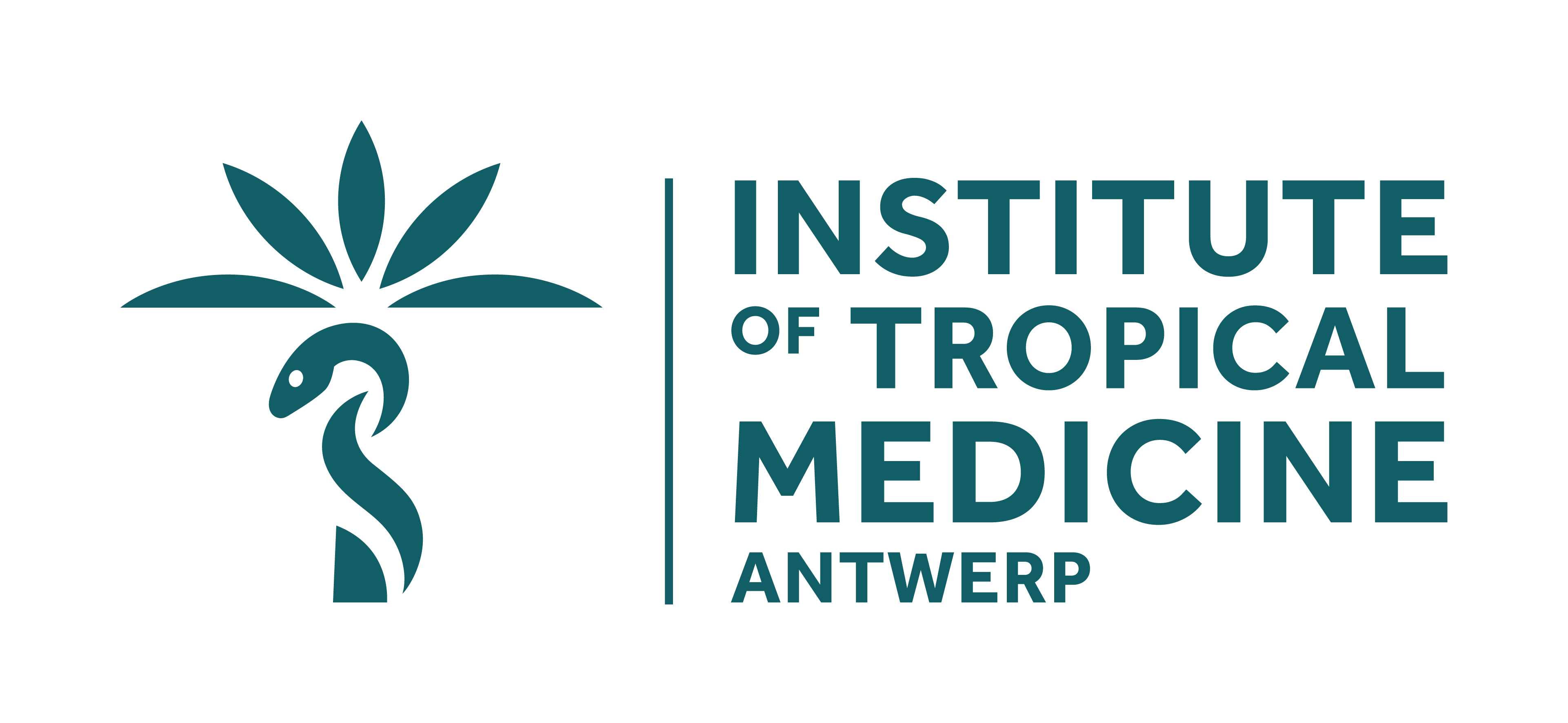Introduction to Bioinformatics for Malaria Molecular Surveillance
Fighting Malaria Across Borders
About
Welcome to the Bioinformatics Module of the Fighting Malaria Across Borders (FiMAB) international training programme, created by the Institute of Tropical Medicine Antwerp (ITM) in collaboration with the University of Antwerp, and supported by VLIR-UOS. Its primary goal is to support the implementation of targeted sequencing assays (in particular, AmpliSeq) to strengthen malaria molecular surveillance and help guide national control programmes. In conjunction with laboratory training, this bioinformatics course is intended to allow young academics around the globe to become familiar with molecular surveillance as a key activity to monitor transmission, sources of epidemics and the emergence and spread of drug resistance mutations in the Plasmodium parasite through sequencing approaches.
Scope of the course
This course aims to provide an overview of the key bioinformatics concepts related to performing molecular surveillance in Plasmodium. It is divided into the following sections:
- Introduction to the Unix shell
- Introduction to R
- Overview of genomics pipeline
- Population genetics and molecular surveillance in Plasmodium (separate materials on ITM course page)
Section 1-2 are online self-paced modules, whereas the others will include classroom lectures and practical sessions. Evaluation exercises will be conducted on the ITM course page.
Computational thinking
We hope that this course can teach you a few computational thinking and problem solving skills that will help you along your bioinformatics journey. The learning curve in computational biology can be quite steep at times and the path is littered with arcane commands and obtuse syntax, but as you practice the concepts introduced in this course on your own, your command-line efficiency will improve and you will start to spot similarities across different types of environments and languages. Through this course, we hope to arm you with the necessary skills to make tasks like running custom analysis scripts or installing bioinformatics software seem a little less daunting, and enough knowledge and experience to be able to explore more advanced topics on your own.
Acknowledgements
Development of this course was supported by VLIR-UOS, the Institute of Tropical Medicine and the University of Antwerp.
License 

This work is licensed under the Creative Commons Attribution 4.0 International License.
This (loosely-speaking) means that you are free to copy, redistribute or adapt any of its contents, provided that you do reference us and the original license, do indicate if modifications were made, do distribute those contributions under the same license and do not use the material for commercial purposes.
